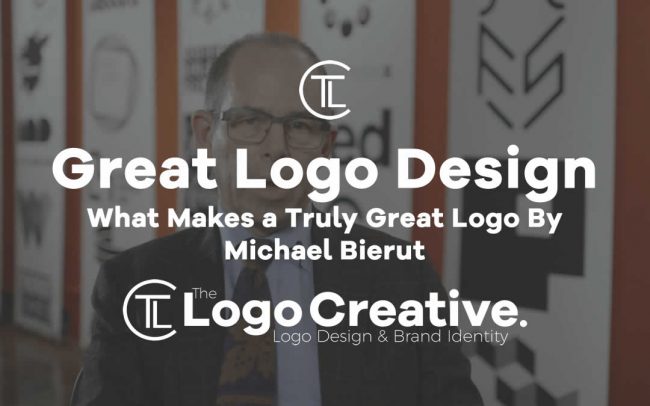In this article, I want to share a short video that’s worth a watch – What Makes a Truly Great Logo By Michael Bierut
Here’s how a simple mark ends up meaning something big as a great logo. Joe Posner of Vox, and well renowned graphic designer and author Michael Bierut (designer of the Hillary Clinton logo) explain.
For more from Michael Bierut on graphic design, check out his book “How to use graphic design to sell things, explain things, make things look better, make people laugh, cry, and (every once in a while) change the world”
There is always new logos to fight about on the internet. The biggest one in recent memory was the highly controversial Hillary Clinton logo, which did not escape from Vox critical feelings either.
Something about these repeated discussions struck them as missing the point on what makes logos tick. It often has little to do with the subjective musings. So Vox.com called Michael Bierut, the designer of that Hillary Clinton logo and countless others. He sat down with them and helped explain the elements of a great logo. He covers three main types of logo design; word-mark, pictorial logo, and abstract iconography, and he introduces a fourth type called the logo system, which includes examples such as Google’s doodles and MTV’s ever-changing logo.
Watch the video below and tell us what you think in the comments. It’s a great watch!.
I own some other books by Michael Bierut that are also worth reading and owning below.
Seventy-nine Short Essays on Design
Is a collection of essays that include writings from the 1980’s to today by Michael Bierut
Now You See It and Other Essays on Design
I have this one on pre-order and look forward to reading it as it’s a follow-up to Seventy-Nine Short Essays on Design.
“Design is a way to engage with real content, real experience,” writes celebrated essayist Michael Bierut in this follow-up to his best-selling Seventy-Nine Short Essays on Design (2007). In more than fifty smart and accessible short pieces from the past decade, Bierut engages with a fascinating and diverse array of subjects. Essays range across design history, practice, and process; urban design and architecture; design hoaxes; pop culture; Hydrox cookies, Peggy Noonan, baseball, The Sopranos; and an inside look at his experience creating the “forward” logo for Hillary Clinton’s 2016 presidential campaign. Other writings celebrate such legendary figures as Jerry






